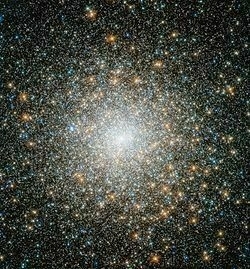Back to the night sky
I started observing the night sky in late 2012 and kept up a pretty steady pace until about 12 months ago when my observing time shrank drastically. Partly due to weather, also due to a lack of effort on my part. I’m hoping to turn that around. I doubt I’ll be logging the 6 hour observing sessions I was doing in the first couple of years but I’d at least like to get in a couple hours when the skies are clear. Like many things in life, I find that when I make the effort my passion and interest deepen. When I fail to make the effort, they fade. My interest in observational astronomy is interwoven with my interest in cosmology, chemistry, physics and other related areas. These are not interests I am willing to give up due to laziness.
So, I logged a few sessions this past week. Right now our night sky faces in towards the Milky Way so lots of globular clusters and nebulae are visible. Oh, also, Saturn. Had a good, long look at Saturn. Then I spent a couple hours each night looking at globular clusters in Sagittarius, Pegasus (M15), and M2 in Aquarius.

These stars are nearly as old as the Universe and, as I understand it, still remain a bit of a mystery in terms of how they came to be in clusters orbiting galaxies. Our galaxy has about 150 such clusters. They typically reside outside the disk of the galaxy and orbit the galactic core as satellites with an orbit radius of 130,000 light years. The Andromeda Galaxy is thought to have as many as 500 such globular clusters.
Speaking of our neighbor, I also had a nice long look at Andromeda. As always, a beautiful galaxy to look at through even a small scope.